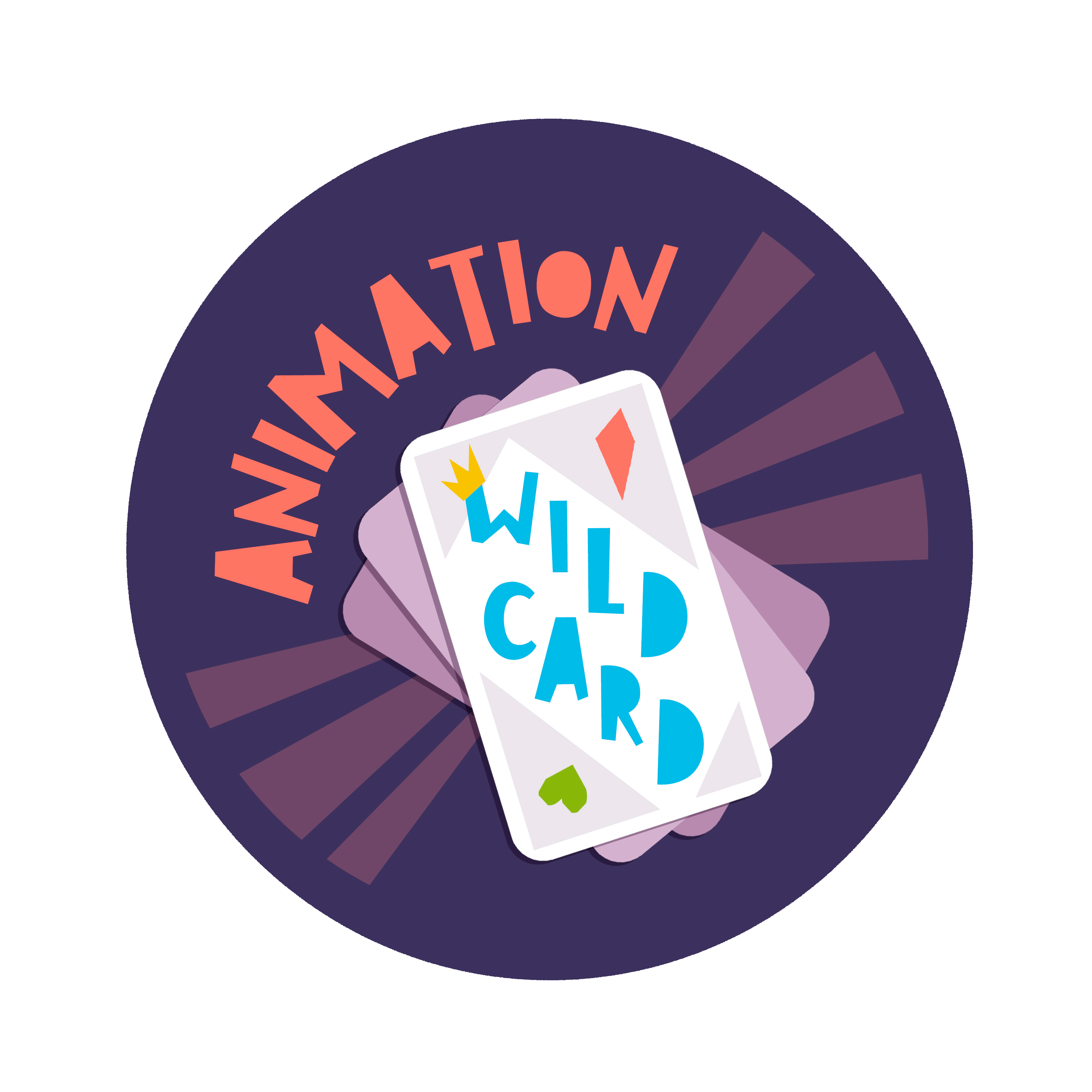STARTING OUT +
CONTINUING TO GET WORK
INTERNSHIPS
Rules around paid and unpaid internships vary by state/region. Be sure to research the rules/laws where you are looking to intern. While unpaid internships tend to be less competitive, in some states, they are required to be “for credit,” which means that you receive credits toward your degree in exchange for the work/learning you do. “For credit” internships usually means that you pay your school per credit like a regular class, and how much you pay depends on the cost of credits at your institution.
While paid internships should still hold educational value, there is generally more flexibility in the “curriculum” of your internship if it is paid, and they typically do not have to be “for credit.”
Be sure to get a job/role description of sorts and have a hard out date—you can’t be an intern forever. The skills you learn during your internship period are valuable, and at some point, you should be hired to continue doing them.
HOW TO FIND AN INTERNSHIP
Follow and interact with studios on social media in addition to checking their websites regularly. Social media platforms are a great place to inquire to find out if a studio plans to host an internship.
Apply! Even if internships aren’t posted and follow up with the studio contacts you’ve made through networking regularly with work updates.
Know they aren’t accepting interns? Ask for a portfolio review, informational interview, or studio tour—do your best to make a personal connection and stay in touch.
Look for small or new studios! The big ones get a lot of applicants and tend to be more competitive. Plus, you’ll get to do a lot more at a small shop.
ALTERNATIVES TO INTERNSHIPS
Keep up with Kickstarters and independent projects. These are the people that really need help & are more likely to get back to you. This tends to take on more of a volunteering form, so make sure you set boundaries early (like how many hours you’ll be contributing, how you will be credited, etc.)
Striking out & running out of resources ($$$)? Look for work in related fields—these will help you get related experience, keep money coming in, and continue challenging yourself. Examples include: 2D/3D/VR animation, live-action production, acting, toy design, practical FX model making/prosthetics/makeup, fabrication for other industries, jewelry/metalsmithing, architecture, theatrical design, carpentry, fine art, etc.
BUILDING RELATIONSHIPS AT YOUR FIRST INDUSTRY ROLE
Networking doesn’t stop when you get the job. Most jobs are short, especially when you’re just getting started. Your #1 priority is being good to work with. Make meaningful connections and maintain those relationships after the job wraps.
Interested in doing tasks you aren’t currently assigned to? Ask to shadow someone or make friends with those workers and learn from them outside of work.
Mention where you want to go career-wise and get advice from the people around you about what to focus on to get there.
CONTINUING TO GET WORK
The time to be lining up your next job is when you have one. Each job is an opportunity to expand your network—a year from now, most of those people will work at other studios, and you will have contacts all over town!
Be social! View breaks, meals, weeklies, and wrap parties as opportunities to form genuine, lasting professional relationships
Show up for your industry - attend events in your field and engage with the new work that is being made (animation film festivals, student showcases, new feature films, etc.)
Maintain existing relationships from your previous jobs—don’t just reach out whenever you have a job wrapping up. Grab lunch or coffee (if close/via video) or go see those films/festivals/networking events together etc.
———
